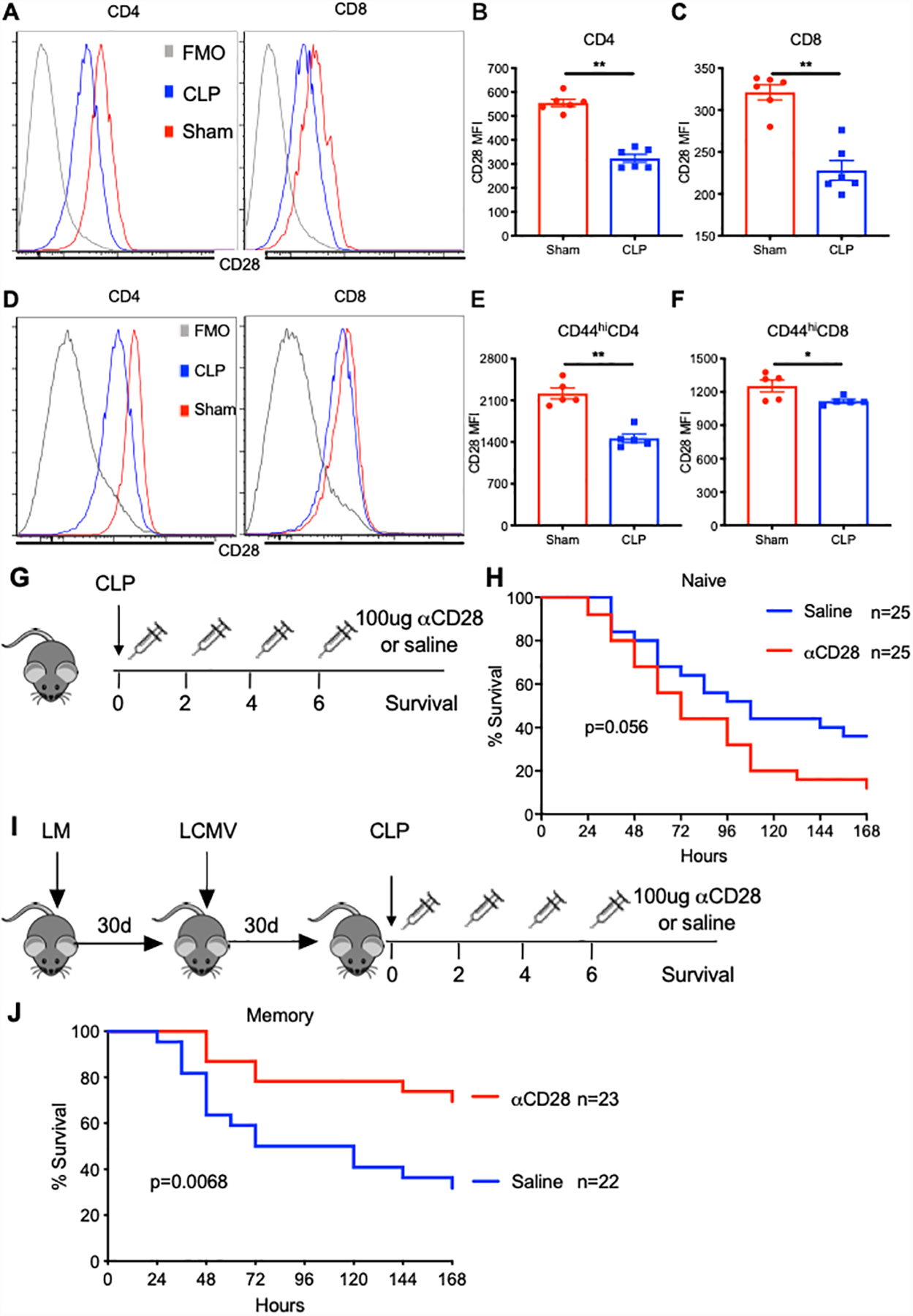Figure 1. αCD28Ab improves survival in septic memory mice but not naïve septic mice.

B6 naïve and memory mice received CLP or sham surgery and were sacrificed at 24h post-surgery. Spleens were harvested and CD28 expression on T cells was determined by flow cytometry. (A) Representative flow histogram of CD28 expression on bulk CD4+ and CD8+ T cells in naïve mice. (B and C) Summary data of MFI of CD28 on bulk CD4+ and CD8+ T cells at 24 hours after sham or CLP surgery. (D) Representative flow histogram of CD28 expression on CD44hiCD4+ and CD44hiCD8+ T cells in memory mice. (E and F) Summary data of MFI of CD28 on CD44hiCD4+ and CD44hiCD8+ T cells at 24 hours after sham or CLP surgery. Groups (n=5–6/group) were compared with the Mann-Whitney nonparametric test. **, p<0.01. *, p<0.05. All data expressed as mean ± SEM. FMO, Fluorescence Minus One. (G) Schematic of experiment setup for CLP sepsis study in naïve mice. (H) All naïve mice received CLP surgery and were randomly injected intraperitoneally with either αCD28 Ab (n=25) or saline (n=25) at specified time points. Mice were monitored for 7-day survival. (I) Schematic of experiment setup for CLP study in memory mice. (J) Memory mice underwent CLP and received αCD28Ab (n=23) or saline (n=22). Mice were monitored for 7-day survival. All data depicted a minimum of two independent experiments. The log-rank (Mantel-Cox) test was used to test for significance.
